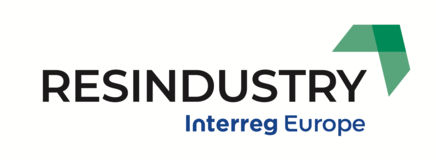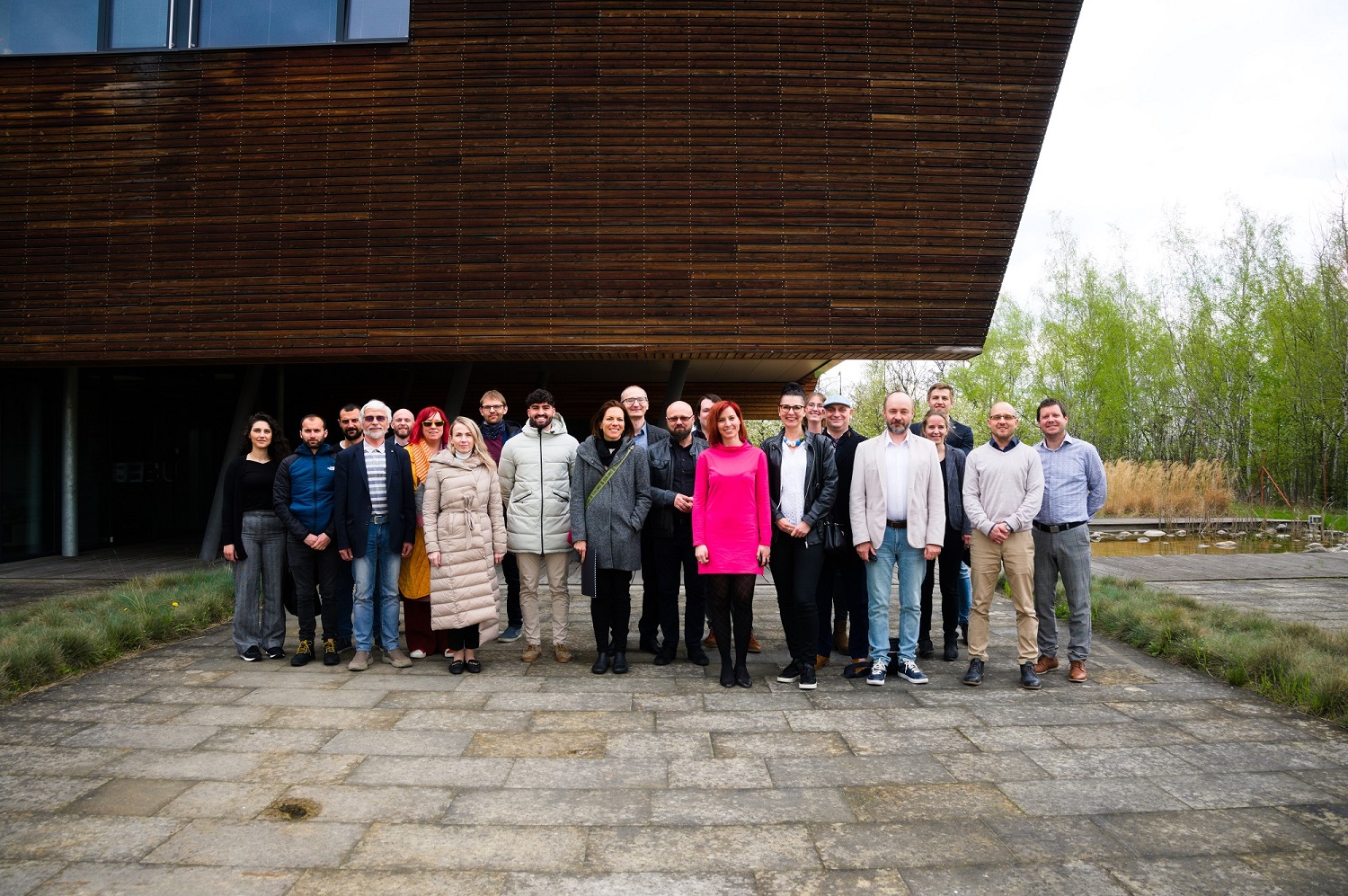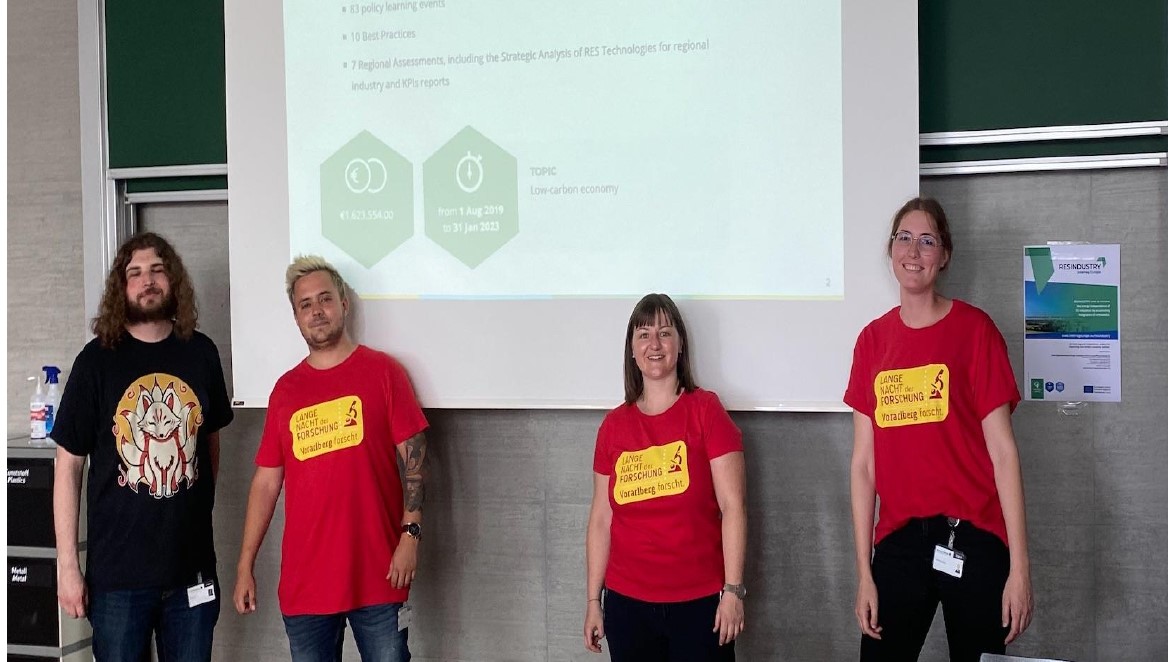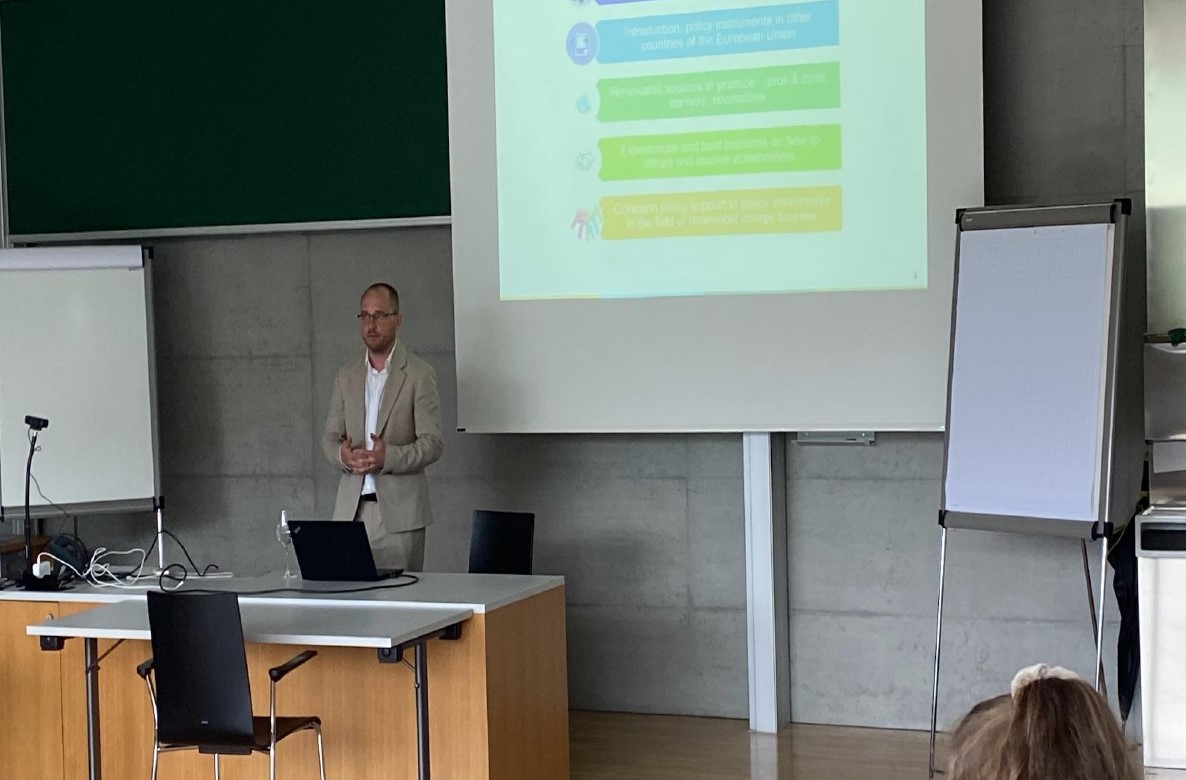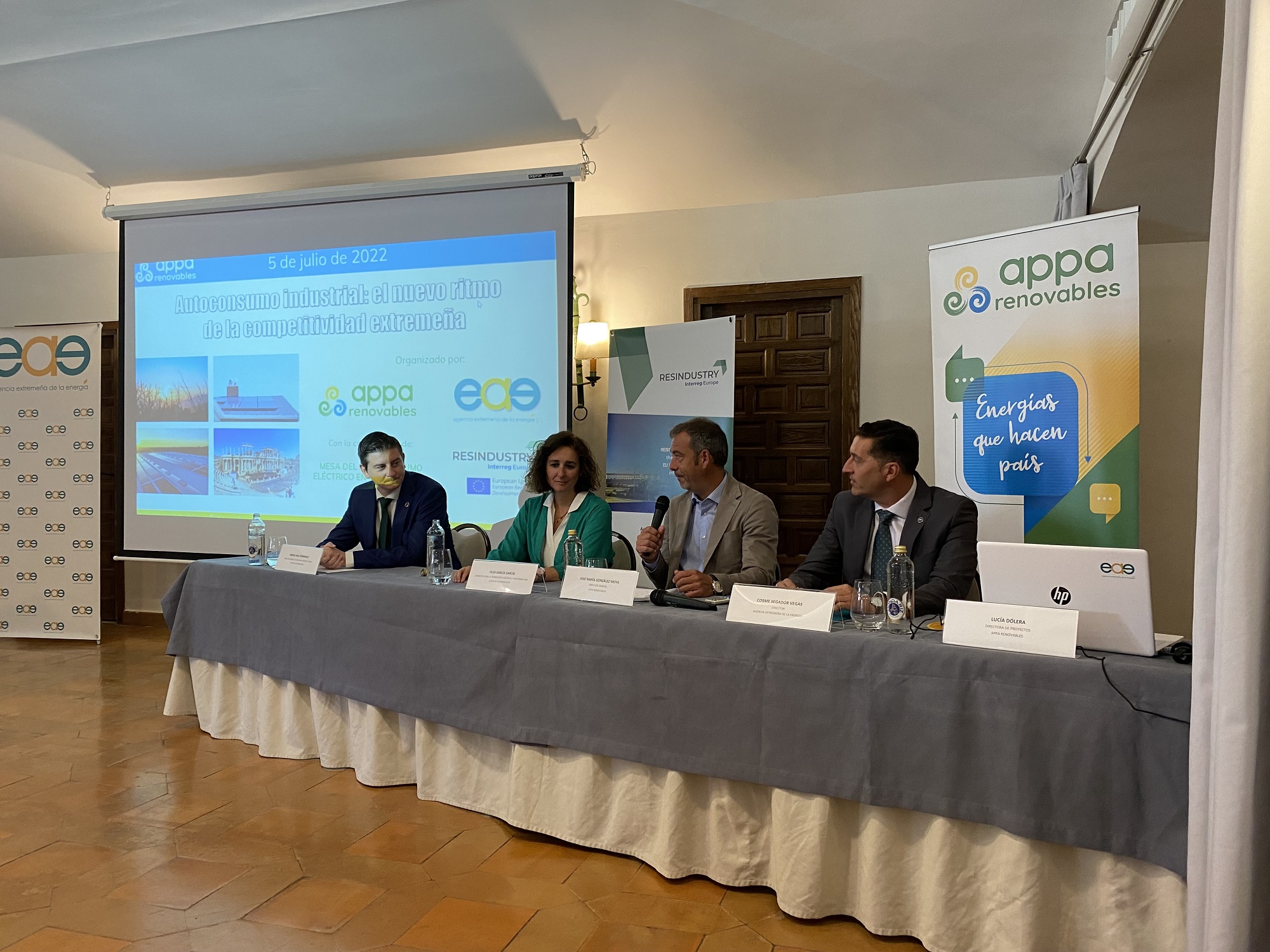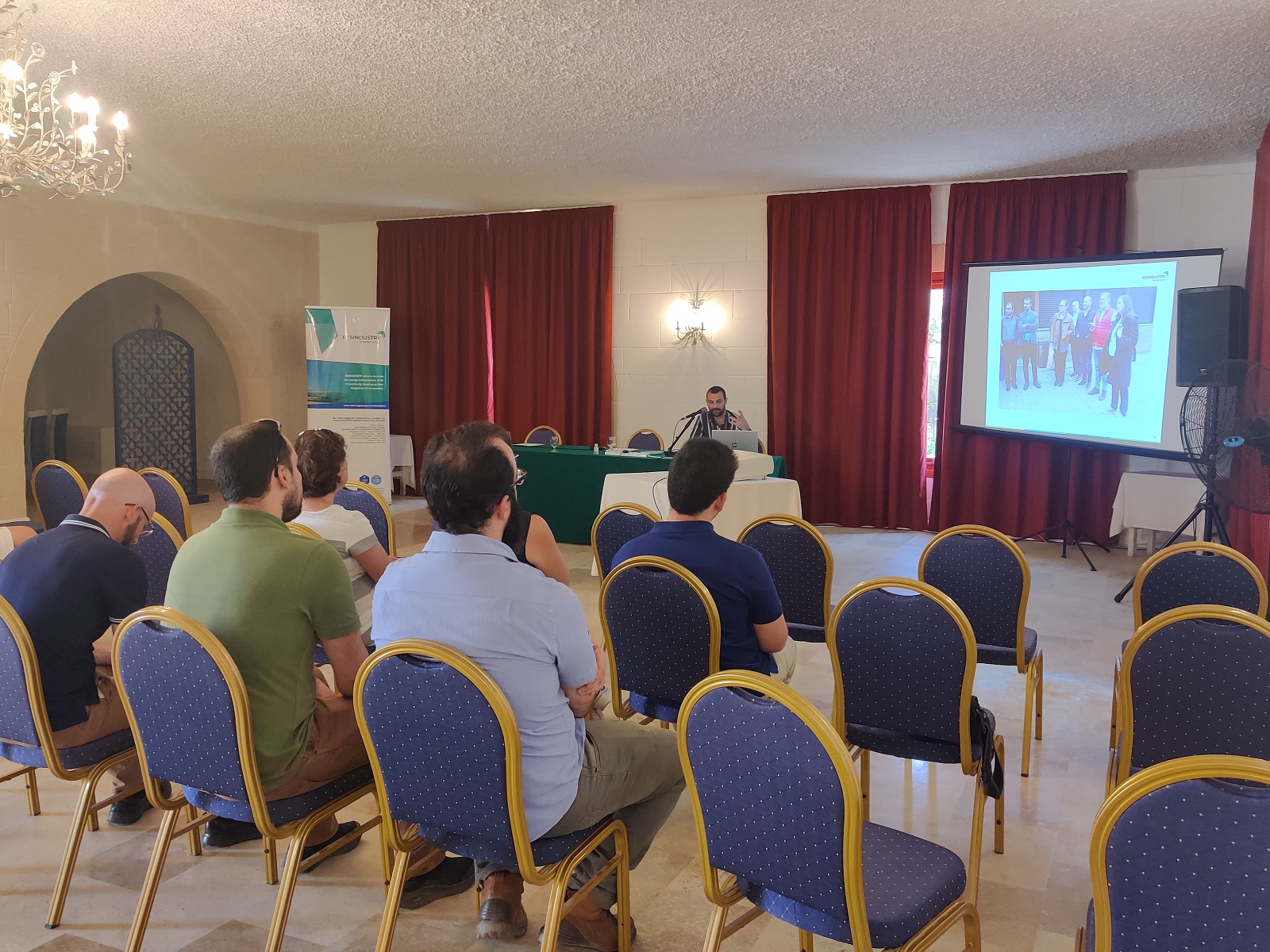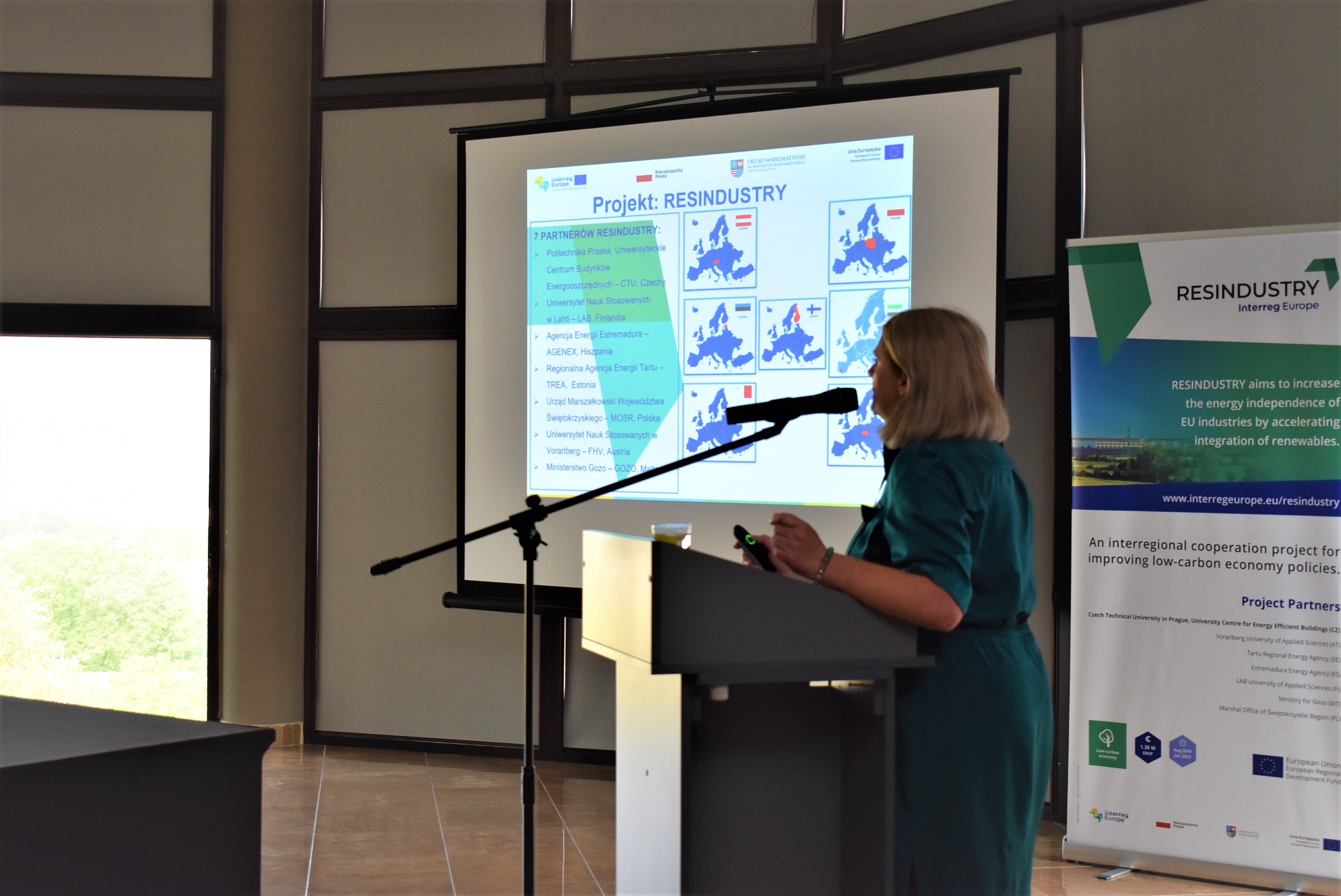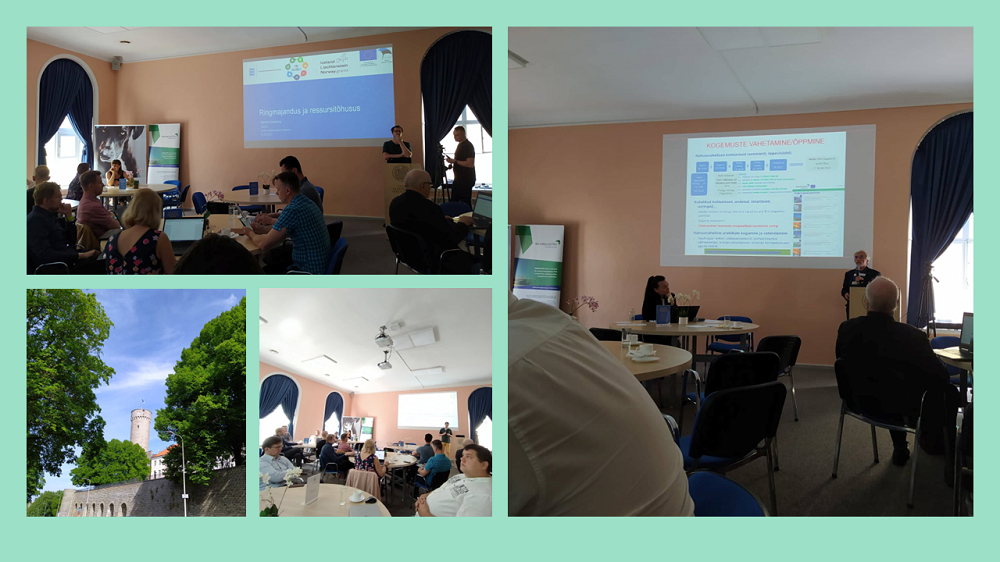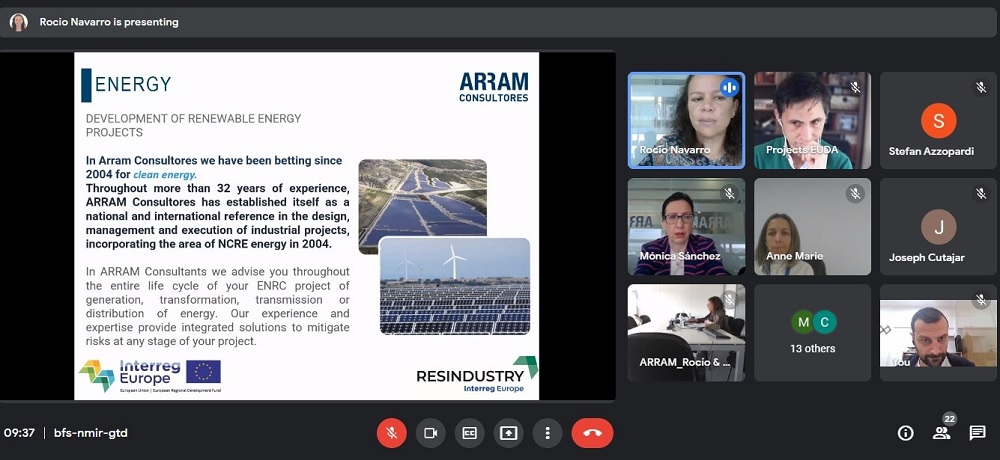Spatial planning legislation
The spatial planning legislation of Vorarlberg / Austria proposes comparable living conditions to be strived for in all regions. In the last version of the spatial planning legislation (2011), the topic of energy was given greater consideration. Spatial development concepts of municipalities include, among other things, planning instruments for the integration of energy topics and should contain fundamental statements about the energy supply of the state of Vorarlberg as well as the use of renewable energies.
“Energy Future Vorarlberg” - Visions for 2050
“Energy Future Vorarlberg” is the central energy policy program of Vorarlberg, which was launched in 2007 in a unanimous Landtag decision. Its objectives are for Vorarlberg to be self-determined in energy questions, to achieve independence from price increases and supply bottlenecks for fossil fuels and to make an important contribution to climate protection.
This should be achieved through more energy efficiency in living, working and production, as well as through a consequent expansion of renewable energy sources and the use of efficiency potential. Research and development is to play an important part in this process. In an outcome-oriented visions process which consulted stakeholders and citizens, expertise from the fields of energy efficiency, renewable energies and communication was collected for the transfer of knowledge and a common understanding of manageable measures.
Consequently, the elaboration of an energy strategy and complementing action plan were the next steps. The time horizon of the vision process is 2050, the first implementation phase was planned from 2010 to 2020.
In 2009, the Vorarlberg State Parliament decided unanimously to set energy autonomy as a long-term strategic target for the energy sector: Vorarlberg is supposed to phase out its CO2 emissions by 2050.
This target is broadly in line with the target agreed upon at the World Climate Conference in Paris in 2015 to reduce greenhouse gas emissions by 80-95% as compared to 1990 until 2050.
Next to the overall goal, the energy strategy also defines short term goals to be reached by 2020. These are:
• 15% less energy consumption than 2005
• 18% less CO2 emissions than 2005
• 19% increased share of renewable energies compared to 2005
In order to realise these ambitious targets, the strategy was accompanied by the elaboration of an action plan, which describes concrete measures to be implemented until 2020.
Vorarlberg Region
A number of energy utilities are operating to generate electrical energy from hydropower and supply electricity to customers. At the forefront is the largest energy supplier in the federal state – the merged Illwerke/VKW Group with its five areas of activity.
The seven owners of electricity grids in Vorarlberg are:
• Illwerke / VKW-Group (including: Vorarlberger Illwerke AG, Vorarlberger Power Plants AG, Vorarlberger Energy Networks GmbH, Vorarlberger Transmission Network GmbH, VKW - Ecological Electricity GmbH)
• Stadtwerke Feldkirch
• Electricity Factories Frastanz GmbH
• Montafoner Railway AG
• Power Supply Kleinwalsertal GesmbH
• Alfenzwerke Elektrizitätserzeugung GmbH
• Getzner Mutter & Cie GesmbH & Co
Gas grid and supply companies in Vorarlberg Vorarlberg’s gas customers can choose between three regional, 17 Austrian suppliers as well as one German gas supplier. Owners of gas grids in Vorarlberg:
• Vorarlberger Power Supply (VKW)/Vorarlberger Energy Networks GmbH
• Stadtwerke Bregenz
• Maxenergy Dornbirn
The gas network in Vorarlberg covers over 2,000 km of medium and low-pressure pipelines. In addition, there are about 420 km of house connection lines. The Illwerke/VKW Group procures the natural gas required for the Vorarlberg market almost exclusively at the neighbouring Net Connect Germany (NCG). The Vorarlberg natural gas network is integrated into the European network.
The natural gas is taken over from Lindau (Germany) to the transport network of Vorarlberg. The approximately 80 km high-pressure distribution network is part of the European natural gas network and therefore also assumes transport tasks to supply eastern Switzerland, Liechtenstein and Graubünden (Switzerland).
